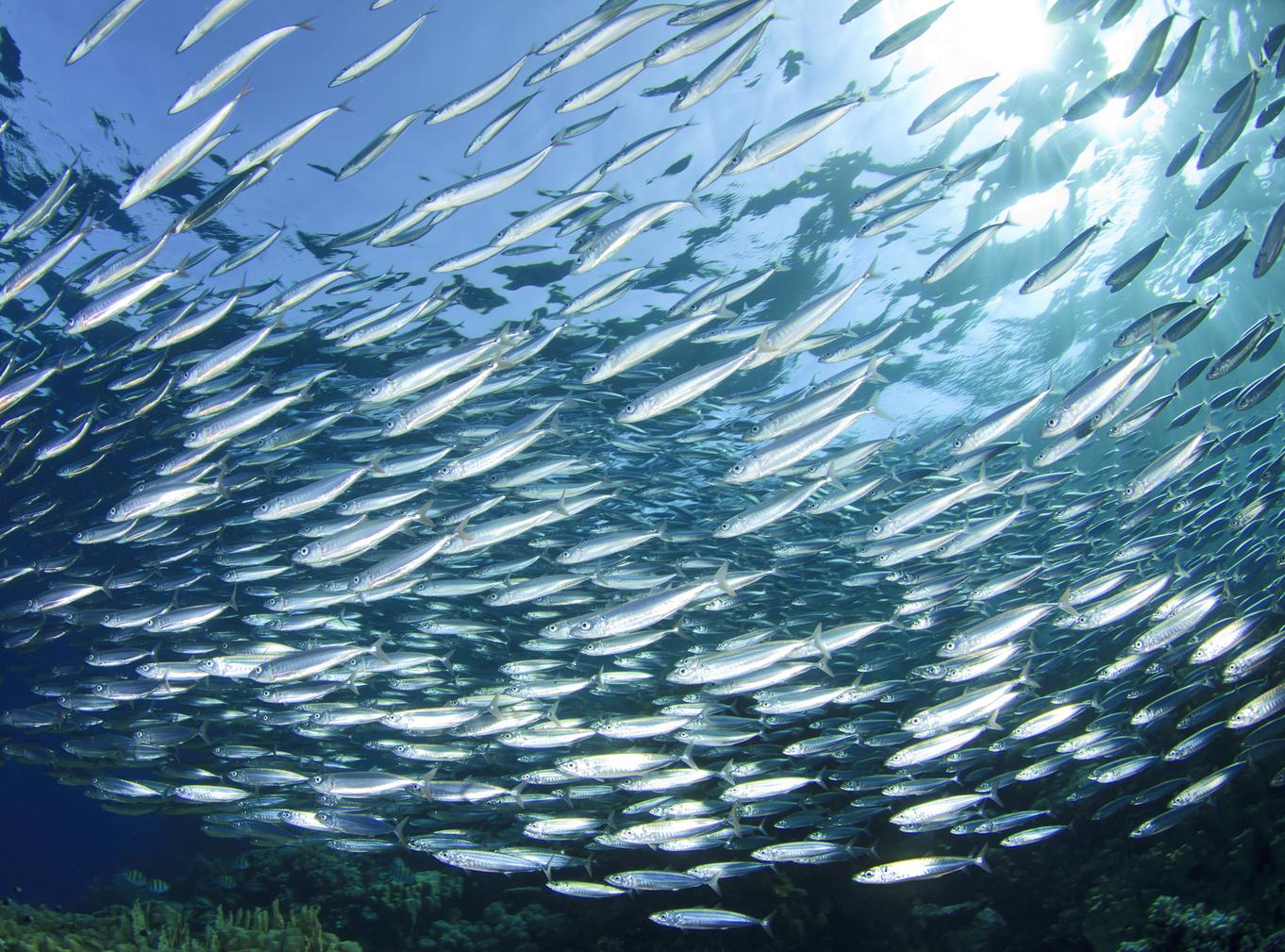OERA created The Pathway Program to solve a critical problem impeding the in-stream tidal energy industry: a lack of reliable and validated technologies and methods to monitor and report fish-turbine interactions in high-flow, highly turbulent environments, leading to regulatory uncertainty and increased project-developer expense and delay. The program is one example of how OERA identifies practical problems and assembles expert teams to create real-world solutions, resulting in outcomes that benefit industry, regulators and the community.
Realizing Industry Promise
In-stream tidal energy is a potential source of clean, predictable energy for Nova Scotia and beyond. But what could become a $500 million+ industry for our region has been stalled in part by a lack of regulatory certainty. The federal regulator requires that tidal energy developers use demonstrated, validated and reliable methodologies and equipment to collect data about fish-turbine interactions and to report results in a timely manner. Developers want all this too and at an affordable price, but none has the resources to solve the problem independently.
Harnessing Expert Knowledge
To get the job done, OERA engaged top researchers from around the world – subject matter experts in active sonar detection of fish in challenging environments – to work collaboratively with local researchers, tidal energy developers, monitoring technology suppliers, machine learning experts and regulators. OERA is leading the team to deliver a series of interconnected sensor research and development projects that will produce a science-based, regulator-accepted monitoring solution with reduced reporting times and lower compliance costs.
Amplifying Investment
OERA’s status as an independent, science-based non-profit means we can access funding from a variety of sources. OERA secured 70% of the Pathway Program budget from federal and provincial government sources. Industry participants in the project contributed 30% in cash and in-kind contributions. This financial arrangement achieves a multiplier effect, with public funds invested now resulting in long-term, future benefits far exceeding the initial expenditure.
Saleable Solutions
An outcome of the research and testing being conducted through The Pathway Program is new intellectual property that Canadian suppliers can market globally to the tidal energy, offshore wind and other sectors of the ocean economy. Far from being simply an academic science project, this initiative is advancing tidal energy sector development and reducing barriers through technical innovation.
Expert Advice
The Pathway Program benefits from the knowledge of Subject Matter Experts in several relevant areas of study. Experts engaged to date include:
Subject Matter Expert – Passive Acoustic Monitoring (PAM)
Independent
Lead Investigator, Dr. David Barclay
Passive Acoustic Monitoring Report
Passive Acoustic Monitoring Presentation
Subject Matter Expert - Imaging Sonar
MarineSitu
Lead Investigator, Dr. James Joslin
Imaging Sonar Report
Imaging Sonar Presentation
Subject Matter Expert - Echosounder
Independent
Lead Investigator, Dr. John Horne
Ehosounder Report
Echosounder Presentation
Subject Matter Expert - Echosounders
North Highland College
Lead Investigator, Dr. Benjamin Williamson
Strategic and technical advice within The Pathway Program
Independent
Lead Investigator, Dr. Louise McGarry
Informative Workshops
Workshops in key areas of focus related to marine environmental monitoring are bringing together academics, industry representatives and others. Learning and information-sharing resulting from these events are informing Pathway Program direction and decision-making. Workshops held to date include:
Workshop #1 – Cabling and Platform
Marine Renewables Canada
Lead Investigator, Elisa Obermann
Workshop Summary Report
Workshop #2 – Data Automation
Marine Renewables Canada
Lead Investigator, Elisa Obermann
Workshop Summary Report
Workshop #3 - Pathway International Workshop / Webinar
The European Marine Energy Centre Ltd (EMEC)
Lead Investigator, Rob Flynn
Workshop Summary Report
Research Projects
Focused research projects are contributing to Pathway Program data and outcomes. Learn more here:
Data Automation: Passive Acoustic Monitoring Devices
Improved Analysis of Harbour Porpoise Sounds
Oregon State University
Lead Investigator, Dr. David Mellinger
FINAL REPORT
Data Automation: Echosounders
Automated post-processing, using machine learning algorithms
Automated analytical tools (that generate estimates of fish frequency, abundance, and distribution)
DeepSense & Louise McGarry
Lead Investigators, Dr. Scott Lowe & Dr. Louise McGarry
Technology Validation: Passive Acoustic Monitoring Device
Data Analysis Component of Comparative Passive Acoustic Monitoring (PAM) technology assessment
Fundy Ocean Research Centre for Energy (FORCE)
Lead Investigator, Dr. Dan Hasselman
FINAL REPORT
Technology Validation: Echosouders & Passive Acoustic Monitoring Device
Environmental Monitoring System Development
Sustainable Marine Energy (Canada) Ltd. (SMEC)
Lead Investigator, Jason Clarkson
FINAL REPORT - Study 1
FINAL REPORT - Study 2
Technology Validation: Multibeam (Imaging) Sonars
Field Assessment of Multi-beam Imaging Sonar Performance in Surface & Bottom Mount Deployments
SOAR - Sustainable Oceans Applied Research Ltd
Lead Investigator, Greg Trowse
FINAL REPORT - Surface Mount
FINAL REPORT - Bottom Mount
Cable & Platform Development / Sensor Integration
Participation in the Pathway Program through Development of the Platform and Cabling Solution
Halagonia Tidal Energy Limited (DP Energy)
Lead Investigator, Sarah Thomas
Learn more
If you're interested in finding out more about Pathway Program initiatives, get in touch with us at nperry@oera.ca

